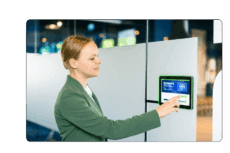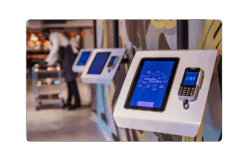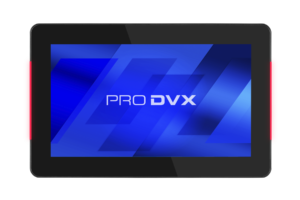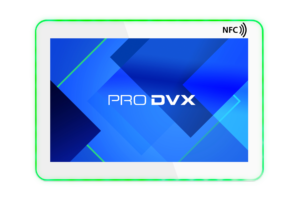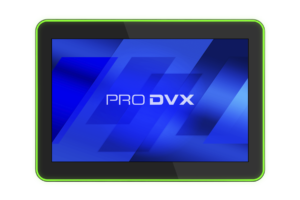Interactive digital signage: examples and trends for your industry
Each industry has its own unique interactive digital signage applications. Each target audience is different, each location is different and each goal is different. This calls for a unique approach. Get inspired below by some of the examples and trends for your industry.

